Yireo Courses
A fine introduction into the Jedi art of coding
Developer Workshops and 141+ hours of On-Demand video courses on Magento 2 and Shopware 6
All our courses in one overview
We have plenty to tell you. Take your pick.
Platform:
Level:
Role:
On-Demand:
featured
Magento 2 Rapid Development training
No on-demand videos
Option for in-house training
Level: Expert Type: Backend Developer
Option for in-house training
Level: Expert Type: Backend Developer
Code faster and more efficiently in Magento
Loki Checkout Development training
No on-demand videos
Option for in-house training
Level: Expert Type: Backend Developer
Option for in-house training
Level: Expert Type: Backend Developer
Become part of the cool inner crowd
new
Magewire Development training
6h of videos
42 lessons
Option for in-house training
Level: Expert Type: Backend Developer
Option for in-house training
Level: Expert Type: Backend Developer
Take Magento to new worlds
Hyvä Checkout Development training
10h of videos
78 lessons
Option for in-house training
Level: Expert Type: Backend Developer
Option for in-house training
Level: Expert Type: Backend Developer
Deep-dive training in the official Hyvä Checkout
hot
Hyvä Theme Development training
10h of videos
81 lessons
Option for in-house training
Level: Intermediate Type: Frontend Developer
Option for in-house training
Level: Intermediate Type: Frontend Developer
Push the Magento fronteer
Magento 2 Testing Workshop
No on-demand videos
Option for in-house training
Level: Expert Type: Backend Developer
Option for in-house training
Level: Expert Type: Backend Developer
Increase your Magento 2 code quality by writing powerful tests
featured
Magento 2 Backend Development I training
11h of videos
84 lessons
Option for in-house training
Level: Intermediate Type: Backend Developer
Option for in-house training
Level: Intermediate Type: Backend Developer
Configure DI XML with wisdom and build powerful extensions following from this
featured
Magento 2 Backend Development II training
10h of videos
102 lessons
Option for in-house training
Level: Expert Type: Backend Developer
Option for in-house training
Level: Expert Type: Backend Developer
Everything you need to create advanced modules following best practices
featured
Magento 2 Performance Optimization Crash Course
No on-demand videos
Option for in-house training
Level: Expert Type: Backend Developer
Option for in-house training
Level: Expert Type: Backend Developer
Make your Magento store lightning fast with Ivans crash course
new
Magento E-commerce Manager training
No on-demand videos
Option for in-house training
Level: Beginner Type: Manager
Option for in-house training
Level: Beginner Type: Manager
Get started efficiently with Magento as an e-commerce platform
Google Tag Manager for Magento training
No on-demand videos
Option for in-house training
Level: Expert Type: Manager
Option for in-house training
Level: Expert Type: Manager
There is more you can do with GTM and GA
hot
Adobe PWA Studio Development training
9h of videos
63 lessons
Option for in-house training
Level: Intermediate Type: Frontend Developer
Option for in-house training
Level: Intermediate Type: Frontend Developer
A proper outline of Venia, Peregrine, UPWARD and much much more
Magento 2 Luma Frontend Development training
11h of videos
118 lessons
Option for in-house training
Level: Intermediate Type: Frontend Developer
Option for in-house training
Level: Intermediate Type: Frontend Developer
A quick-paced but thorough coverage of Magento 2 frontend development
Magento 2 Luma JavaScript Development training
13h of videos
76 lessons
Option for in-house training
Level: Expert Type: Frontend Developer
Option for in-house training
Level: Expert Type: Frontend Developer
A clear and in-depth explanation of JavaScript in Magento 2 Luma
featured
Magento 2 GraphQL API Development training
2h of videos
21 lessons
Option for in-house training
Level: Intermediate Type: Backend Developer
Option for in-house training
Level: Intermediate Type: Backend Developer
Learn how to use, but more importantly extend the GraphQL API of Magento
Shopware 6 PWA Development training
14h of videos
73 lessons
Option for in-house training
Level: Intermediate Type: Frontend Developer
Option for in-house training
Level: Intermediate Type: Frontend Developer
Customize this Vue-based headless frontend at will
Shopware 6 Frontend Development I training
5h of videos
105 lessons
Option for in-house training
Level: Intermediate Type: Frontend Developer
Option for in-house training
Level: Intermediate Type: Frontend Developer
Get started with Shopware 6.6 frontend development quickly and efficiently
Shopware 6 Frontend Development II training
3h of videos
52 lessons
Option for in-house training
Level: Expert Type: Frontend Developer
Option for in-house training
Level: Expert Type: Frontend Developer
Get started with Shopware 6.6 frontend development quickly and efficiently
Shopware 6 Backend Development I training
7h of videos
66 lessons
Option for in-house training
Level: Intermediate Type: Backend Developer
Option for in-house training
Level: Intermediate Type: Backend Developer
A quick-paced but thorough coverage of Shopware 6 backend development
Shopware 6 Backend Development II training
No on-demand videos
Option for in-house training
Level: Expert Type: Backend Developer
Option for in-house training
Level: Expert Type: Backend Developer
Dive deeper into the Shopware 6 application
Shopware 6 Administration Development training
No on-demand videos
Option for in-house training
Level: Expert Type: Backend Developer
Option for in-house training
Level: Expert Type: Backend Developer
Turning the Shopware Administration inside out
Vue Storefront 1 Fundamentals training
9h of videos
61 lessons
Option for in-house training
Level: Beginner Type: Frontend Developer
Option for in-house training
Level: Beginner Type: Frontend Developer
Learn how to build your own VSF1 shop and customize everything
React Basic Development training
No on-demand videos
Option for in-house training
Level: Beginner Type: Frontend Developer
Option for in-house training
Level: Beginner Type: Frontend Developer
Learn both React basics and best practices in a single fast-paced day
React Advanced Development training
No on-demand videos
Option for in-house training
Level: Intermediate Type: Frontend Developer
Option for in-house training
Level: Intermediate Type: Frontend Developer
Create powerful React apps with Redux state management and other strategies
JavaScript Basics training
No on-demand videos
Option for in-house training
Level: Beginner Type: Frontend Developer
Option for in-house training
Level: Beginner Type: Frontend Developer
Go further than just using jQuery and get into real JavaScript programming
JavaScript Advanced training
No on-demand videos
Option for in-house training
Level: Intermediate Type: Frontend Developer
Option for in-house training
Level: Intermediate Type: Frontend Developer
Dive into the internals of this flexible language and get a deep understanding
Vue Essentials training
No on-demand videos
Option for in-house training
Level: Beginner Type: Frontend Developer
Option for in-house training
Level: Beginner Type: Frontend Developer
A single course that teaches you almost everything that there is to teach on Vue
PHP Fundamentals training
No on-demand videos
Option for in-house training
Level: Beginner Type: Backend Developer
Option for in-house training
Level: Beginner Type: Backend Developer
Getting started with PHP coding, including PHPStorm and composer.
PHP Advanced training
No on-demand videos
Option for in-house training
Level: Intermediate Type: Backend Developer
Option for in-house training
Level: Intermediate Type: Backend Developer
Dive into advanced PHP concepts like design patterns, testing and more
Symfony Fundamentals training
No on-demand videos
Option for in-house training
Level: Intermediate Type: Backend Developer
Option for in-house training
Level: Intermediate Type: Backend Developer
Get started with Symfony development smoothly
Symfony Advanced training
No on-demand videos
Option for in-house training
Level: Expert Type: Backend Developer
Option for in-house training
Level: Expert Type: Backend Developer
Take your Symfony skills up to another level and enter enterprise-level PHP usage
Clean Coding with PHP Development training
No on-demand videos
Option for in-house training
Level: Intermediate Type: Backend Developer
Option for in-house training
Level: Intermediate Type: Backend Developer
Learn how to write better code that reduces legacy and future pains
Docker Fundamentals training
No on-demand videos
Option for in-house training
Level: Beginner Type: DevOps
Option for in-house training
Level: Beginner Type: DevOps
Get a solid understanding of how Docker works and how to use it at your will
featured
Magento 2 ElasticSearch training
No on-demand videos
Option for in-house training
Level: Expert Type: Backend Developer
Option for in-house training
Level: Expert Type: Backend Developer
Everything about ElasticSearch and related topics
featured
Magento 2 Message Queue training
No on-demand videos
Option for in-house training
Level: Expert Type: Backend Developer
Option for in-house training
Level: Expert Type: Backend Developer
Handle your Magento jobs asynchronously via queues
featured
Magento 2 Caching Internals training
No on-demand videos
Option for in-house training
Level: Expert Type: Backend Developer
Option for in-house training
Level: Expert Type: Backend Developer
Caching techniques, including Varnish, turned inside out
Magento 2 Merchant training
No on-demand videos
Option for in-house training
Level: Beginner Type: Manager
Option for in-house training
Level: Beginner Type: Manager
Get started with your Magento shop fast, including tips and tricks
Magento 2 Migration training
No on-demand videos
Option for in-house training
Level: Expert Type: Backend Developer
Option for in-house training
Level: Expert Type: Backend Developer
Learn how to use the migration toolkit to cross-over from M1 to M2
Magento 2 Architecture training
No on-demand videos
Option for in-house training
Level: Beginner Type: Manager
Option for in-house training
Level: Beginner Type: Manager
Dive into the Magento internals, including devops, setups and deployment
Customer quotes
Jisse explains the relevant technology in an understandable way that is very useful in practice. The training is intensive, at a high level and of great added value because important concepts are made clear and you receive many useful tips. Oscar Hilbelink (Madia)
When Jisse starts talking about Magento, something interesting always comes up. The Hyvä Checkout training is no exception. Whether you have worked with it a lot or a little, Jisse takes you to the internals of the checkout and explains why it works the way it does. So that you then have a solid foundation on which to continue working independently. Michiel Gerritsen (Control-Alt-Delete)
These trainings form a pressure cooker of what a developer would otherwise learn in a year Sabine de Vos (Modern Minds)
Some of the customers that we have trained in the past years













